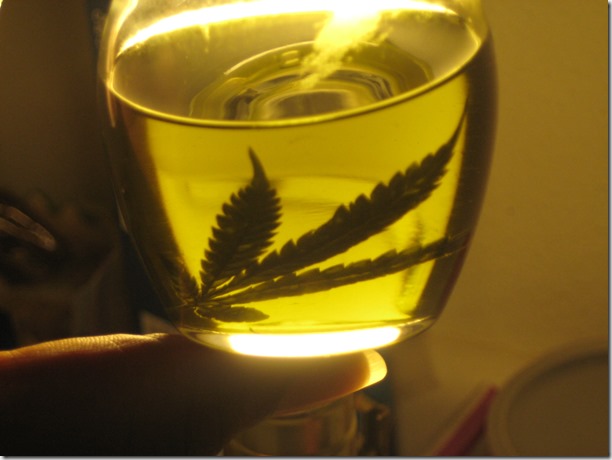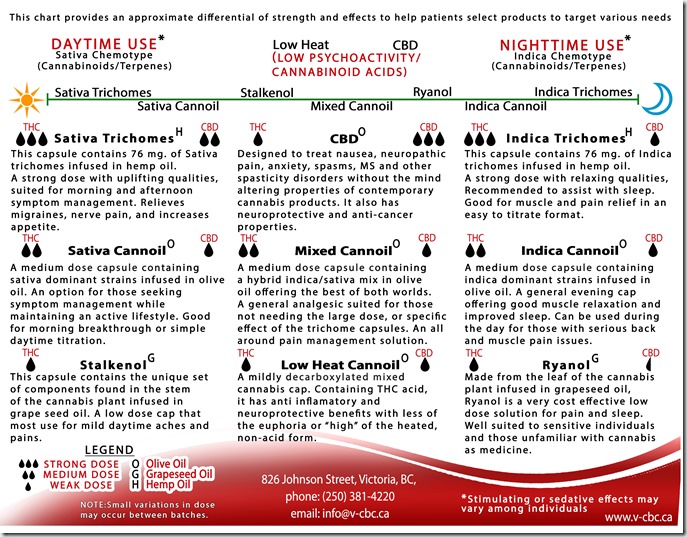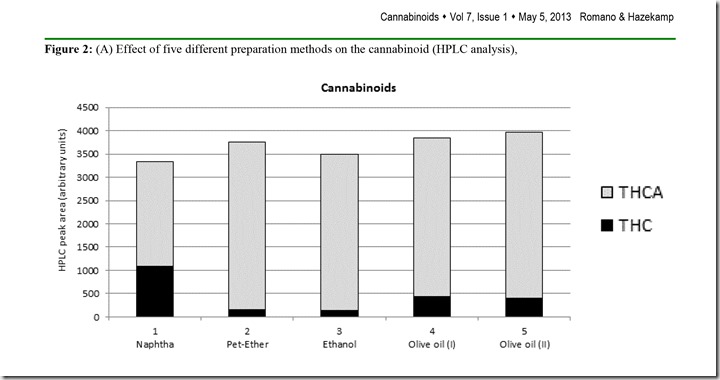By Owen Smith
In the previous LiftMJ blog I talked about decarboxylation, which transforms cannabinoid acids into their active states. Once this is performed you may immerse the dried marihuana into a medium of some sort to facilitate ingestion. Now the question arises, what medium should you use? At this stage you can decide to concentrate your medicine or dilute it. Unless you live in British Columbia, the restriction to keep your dried marihuana in the solution prevents you from effectively concentrating your cannabis. Diluting in vegetable oil make it easier to measure a dose: two tablespoons is easier to measure than two “grains of rice” and may deliver the same effect.
When making edible products, the measured amount of medicine can be stirred into a recipe, providing consistent, long-lasting relief. Dispensaries like the V-CBC provide diluted extract products of varying strengths that are suited to their members needs. Monitoring your response to dosage takes time. The mantra ‘start low, go slow’ is advised when becoming familiar with edible products as some individuals require only a fraction of what others may need to ingest.
(Capsule Guide from the V-CBC website)
Dutch researcher Arno Hazekamp has conducted some of the initial research required to understand cannabis extraction into various mediums. “Recognizing the need for more information on quality and safety issues regarding Cannabis oils, an analytical study was performed to compare several generally used preparation methods on the basis of content of cannabinoids, terpenes, and residual solvent components. Solvents used include ethanol, naphtha, petroleum ether, and olive oil. “ (study)
Arno found that olive oil was the most beneficial medium “based on the fact that it extracted higher amounts of terpenes than the other solvents/methods, especially when using an extended heating time (120 min; protocol 5).” The oil needs to be heated up only to the boiling point of water (by placing a glass container with the product in a pan of boiling water) which prevents over-heating the oil. After cooling down and filtering the oil, e.g. by using a French coffee press (illegal outside of BC), the product is immediately ready for consumption. As a trade-off, however, olive oil extract cannot be concentrated by evaporation, which means patients will need to consume a larger volume of it in order to get the same therapeutic effects. (source)
Olive oil is cheap, not flammable or toxic. It saturates the cells as it carries the cannabinoids across the skin or stomach lining. Cannabinoids are fat soluble so the additional oil increases their bioavailability. Extra virgin olive oil is preferable; stored away from light, air, and heat. There is hope that one day extracts will be produced on a commercial scale, Tweed’s facility at the Hershey chocolate factory keeps coming to mind. For now, if you area making an edible or topical preparation at home, olive oil is probably the top choice.
Concentrated forms of cannabis resin, (known as honey oil, hash oil, Rick Simpson Oil, dabs) require the patient consume less to obtain the desired effects. While concentrates make it easier to increase dosage for serious conditions, they are also hard to produce without introducing toxic solvents. I will talk more about concentrates in my next blog.


